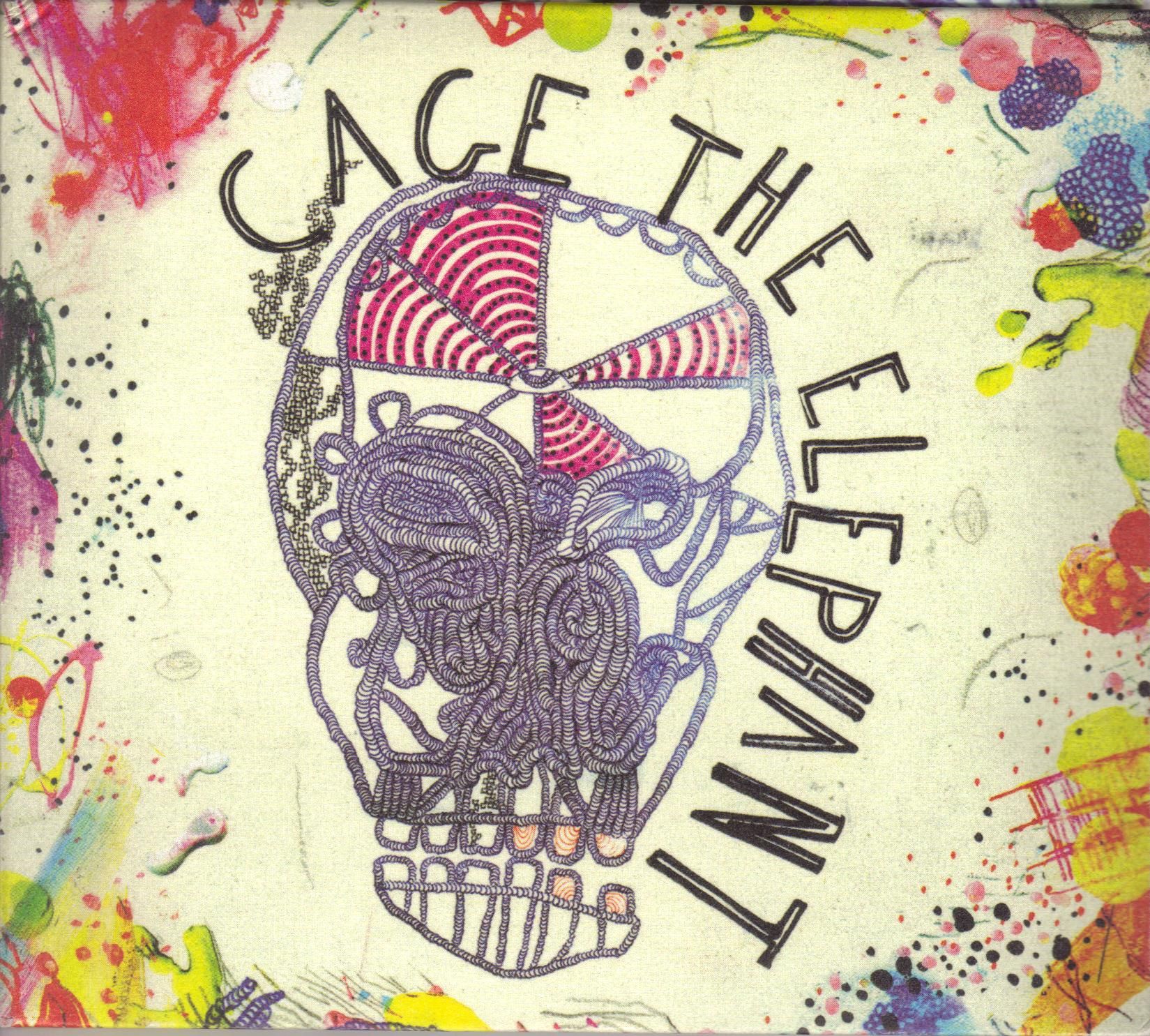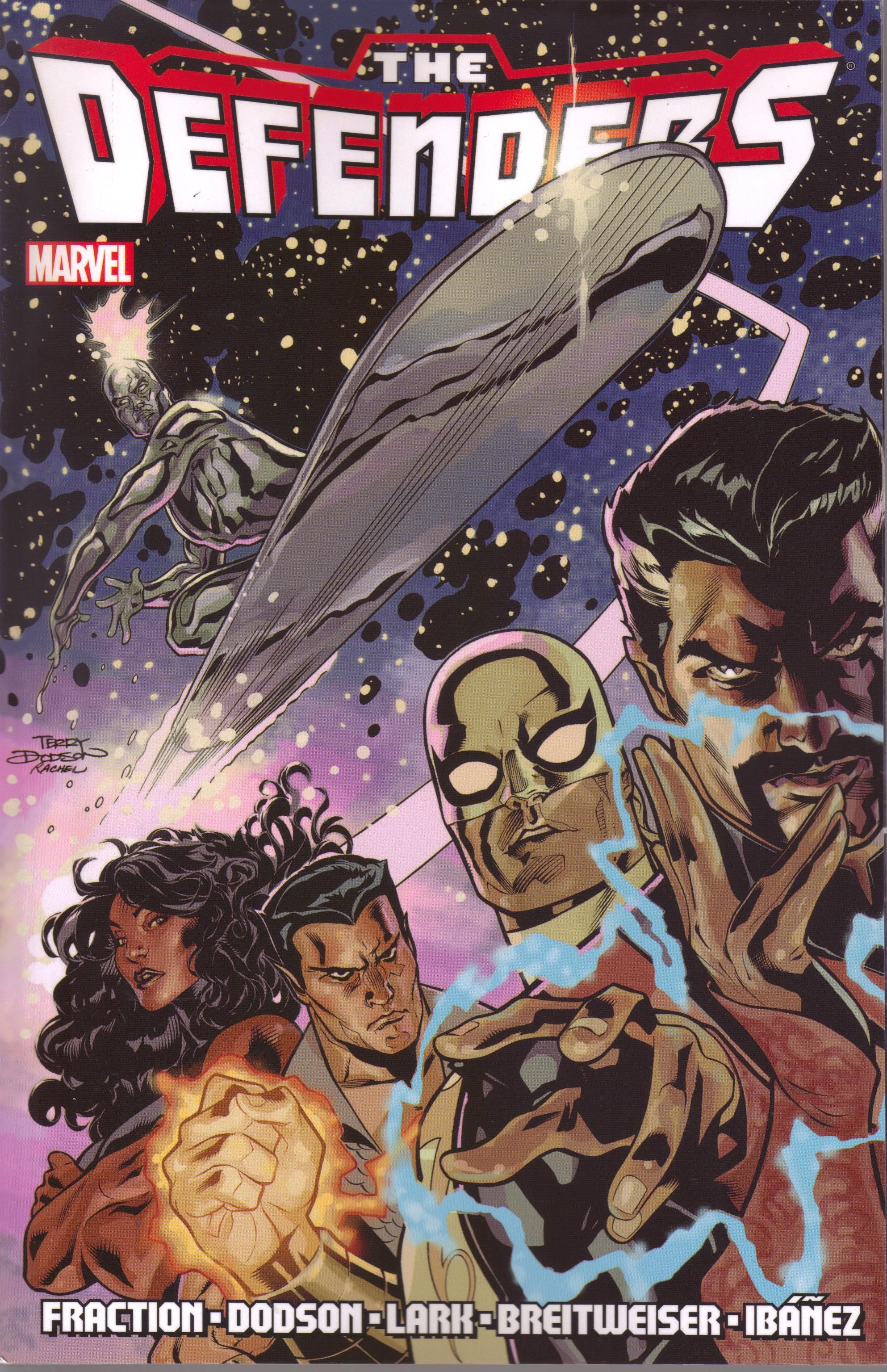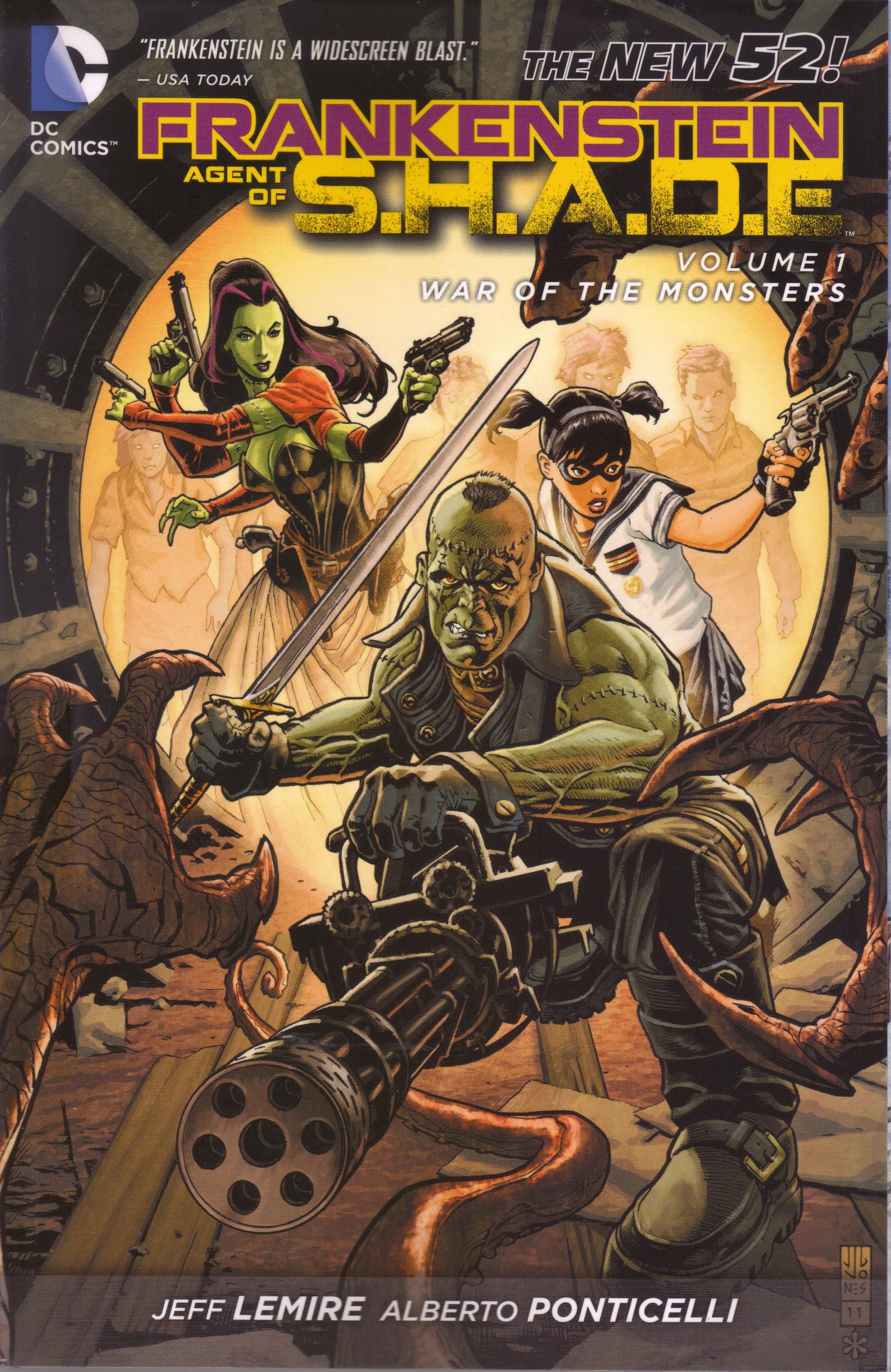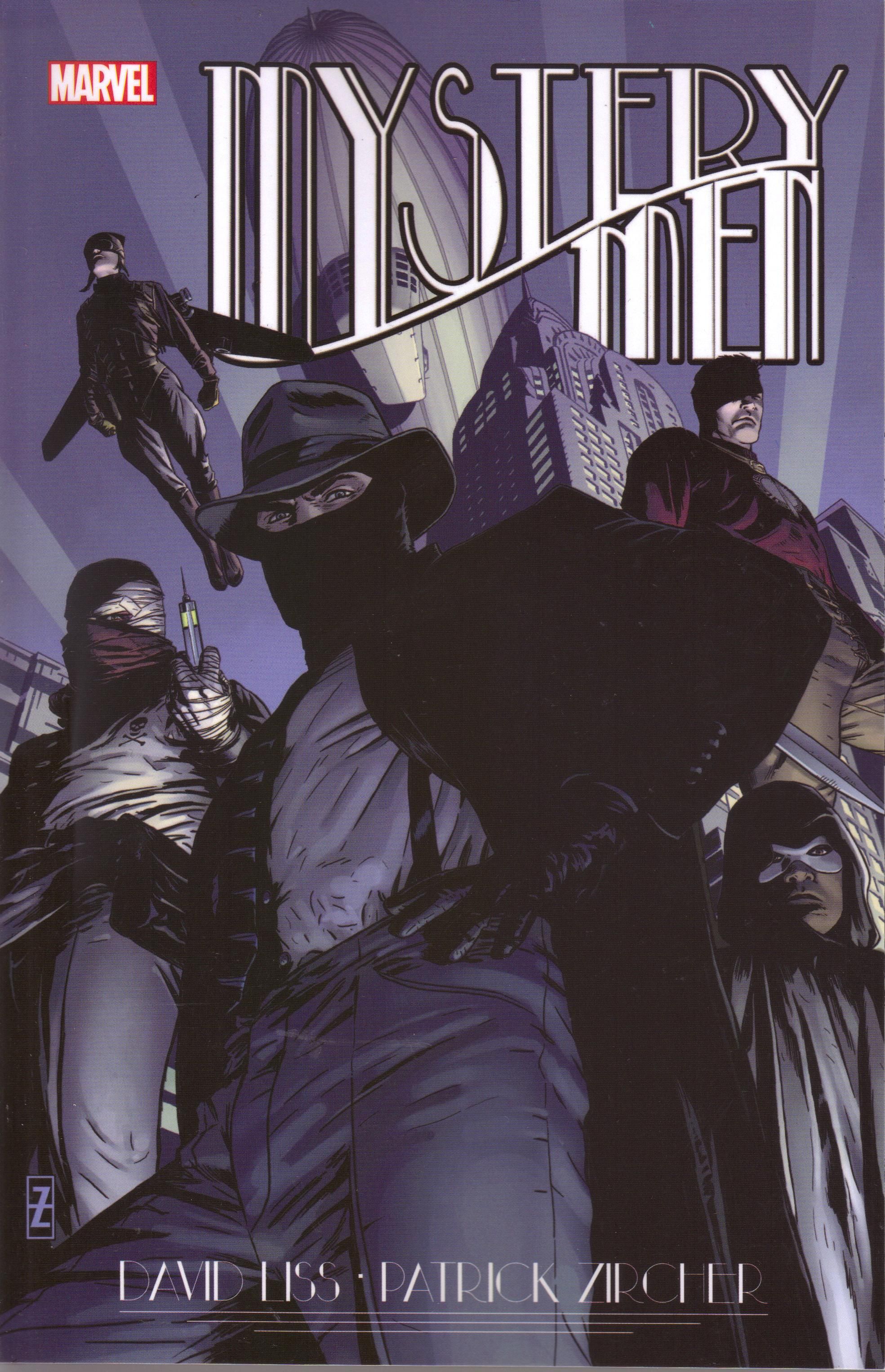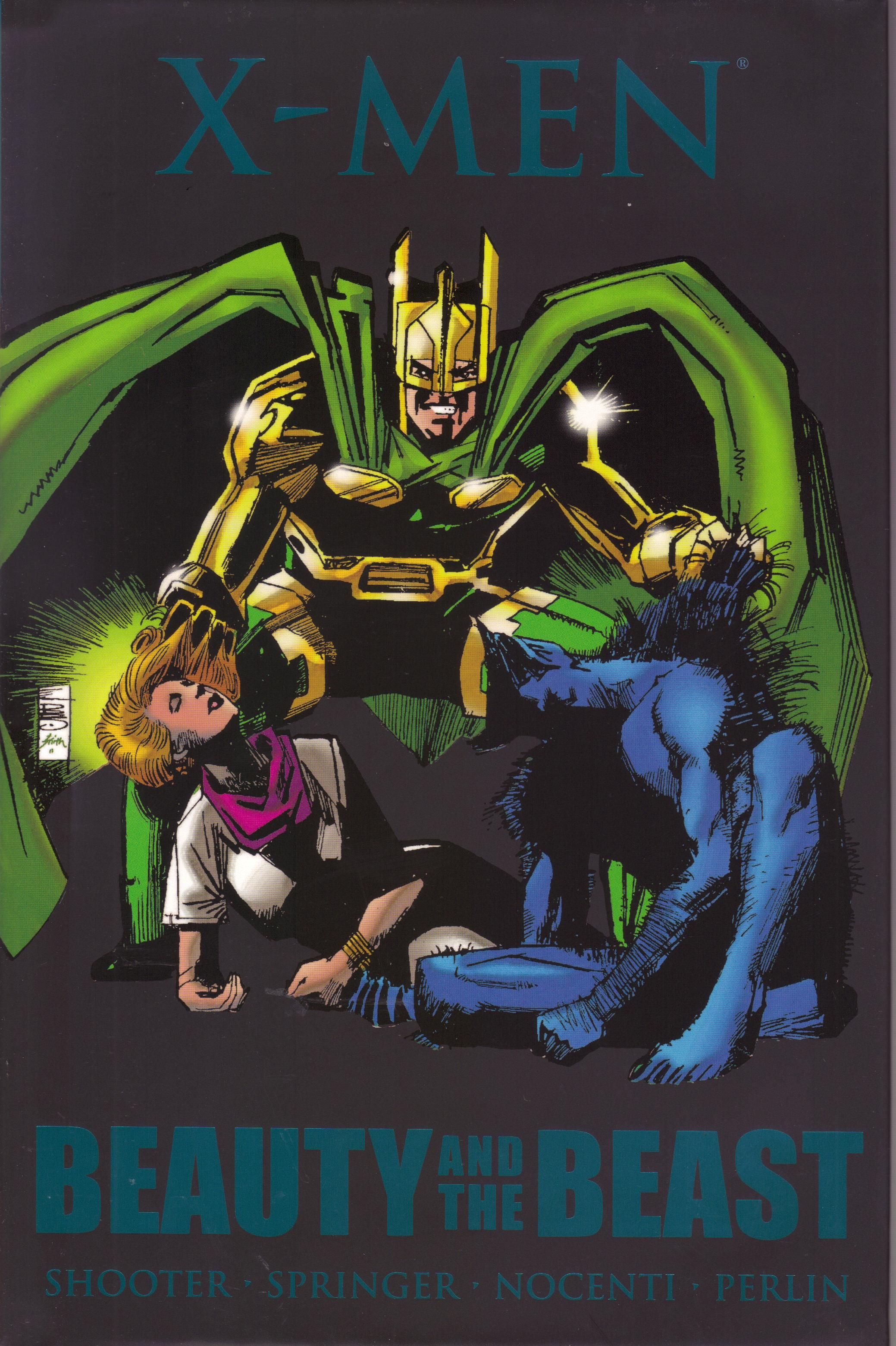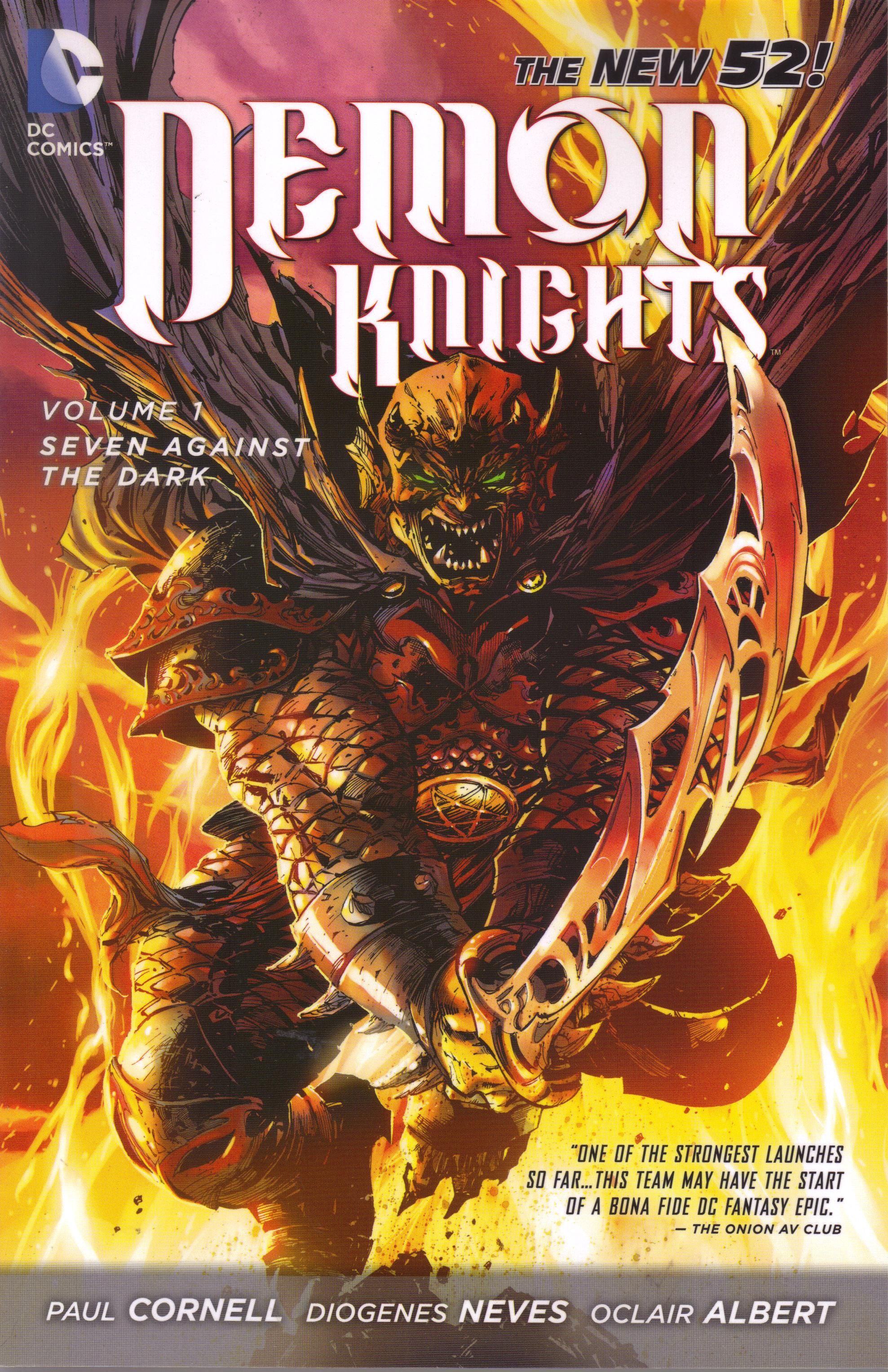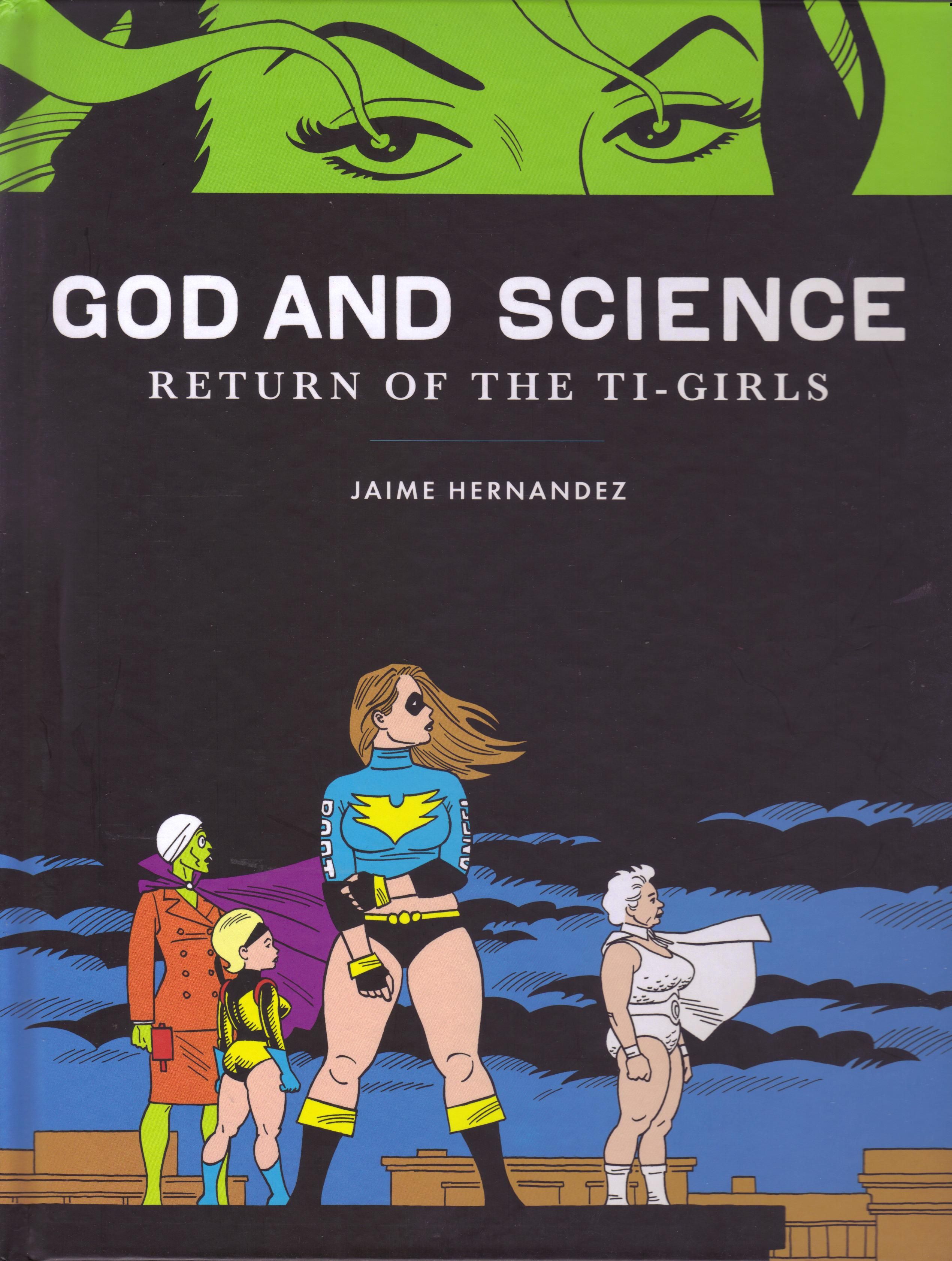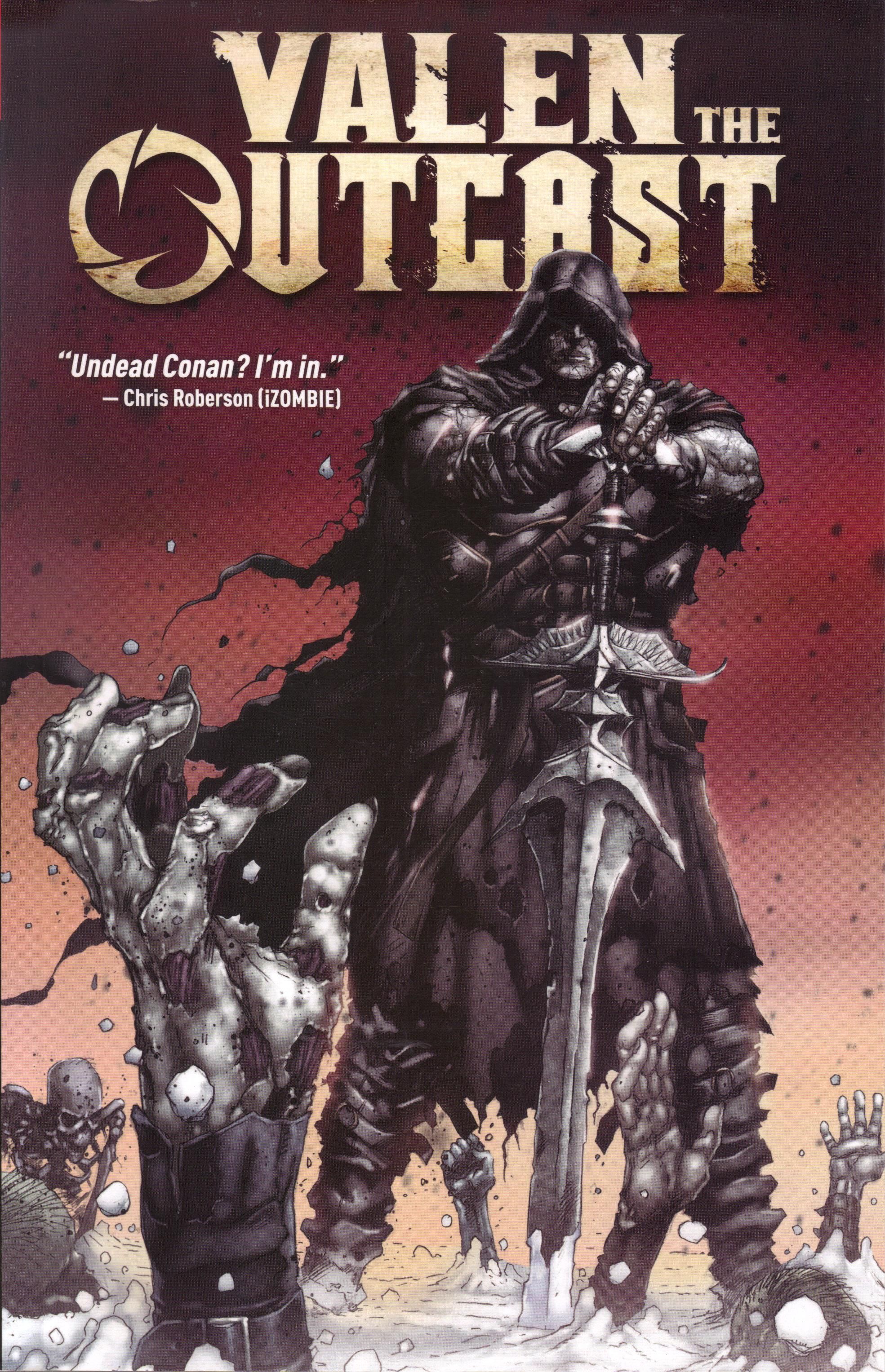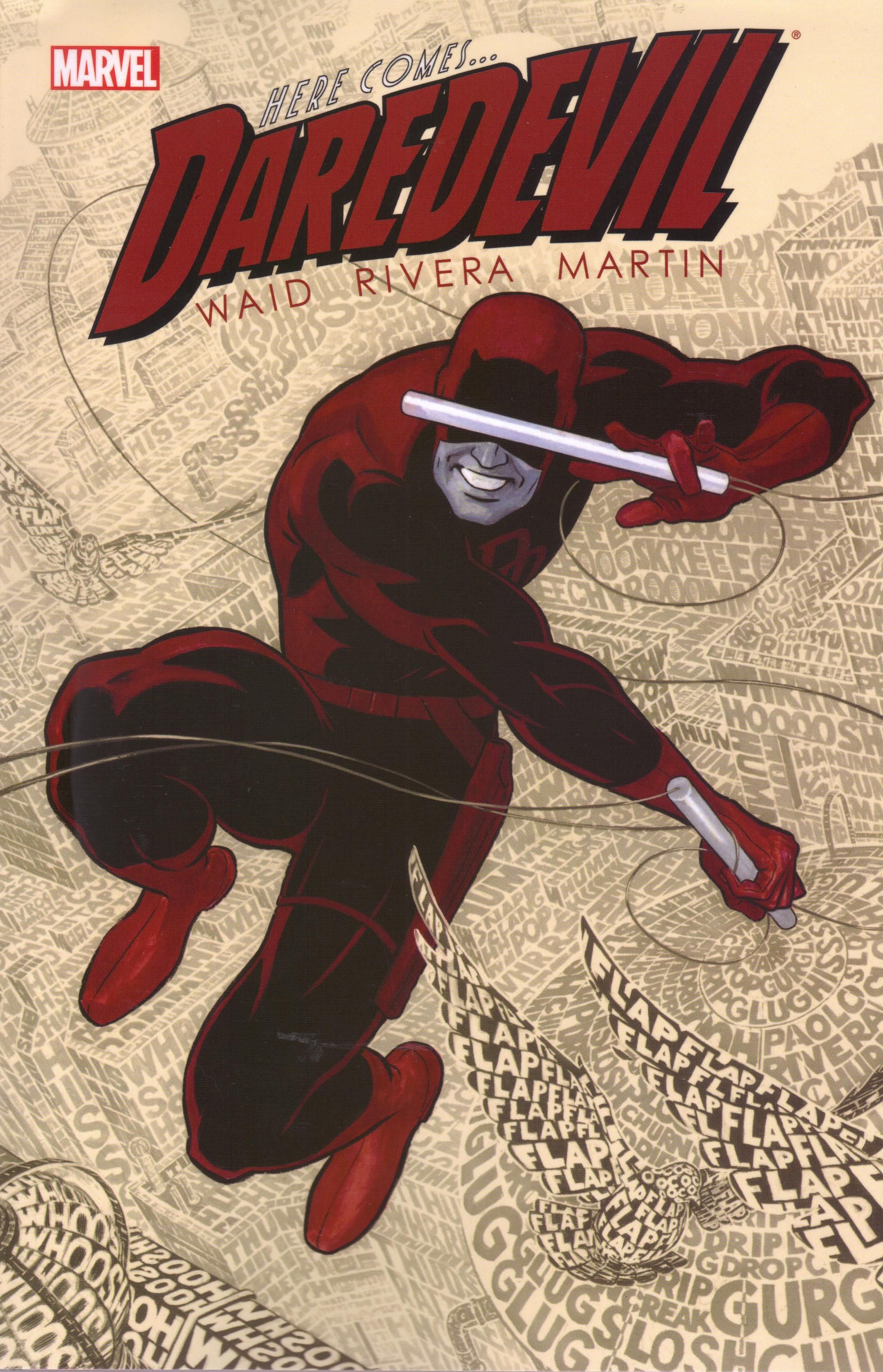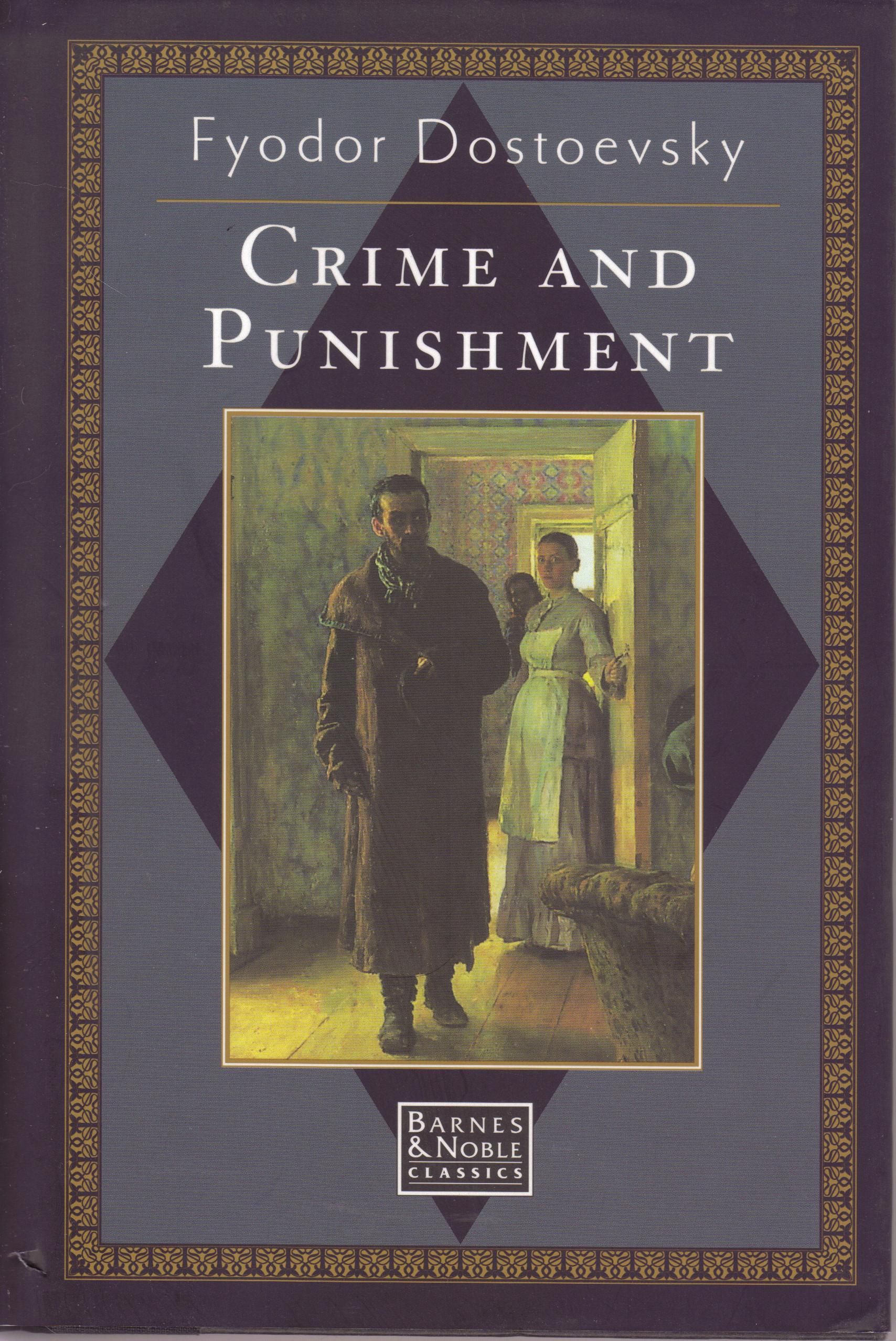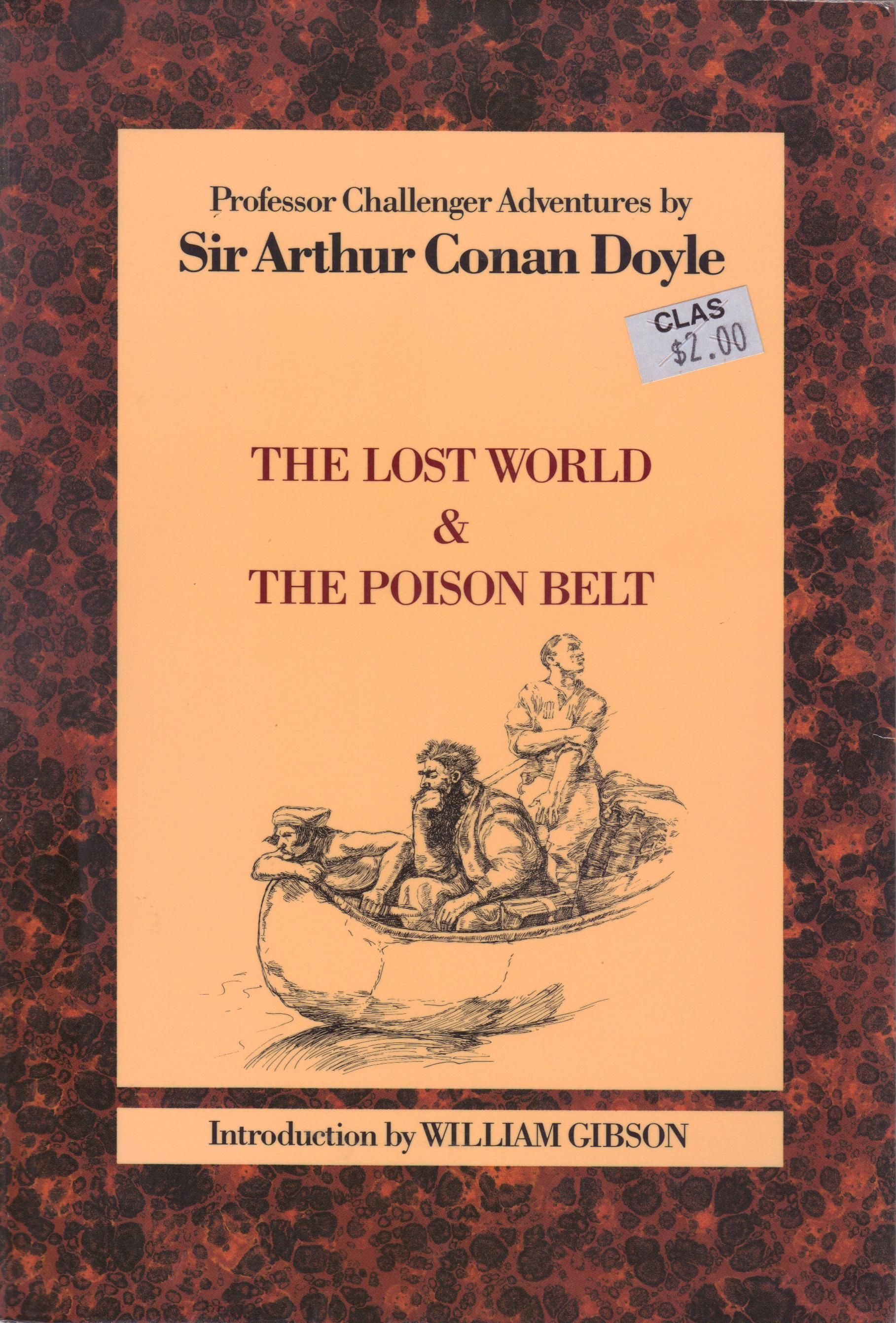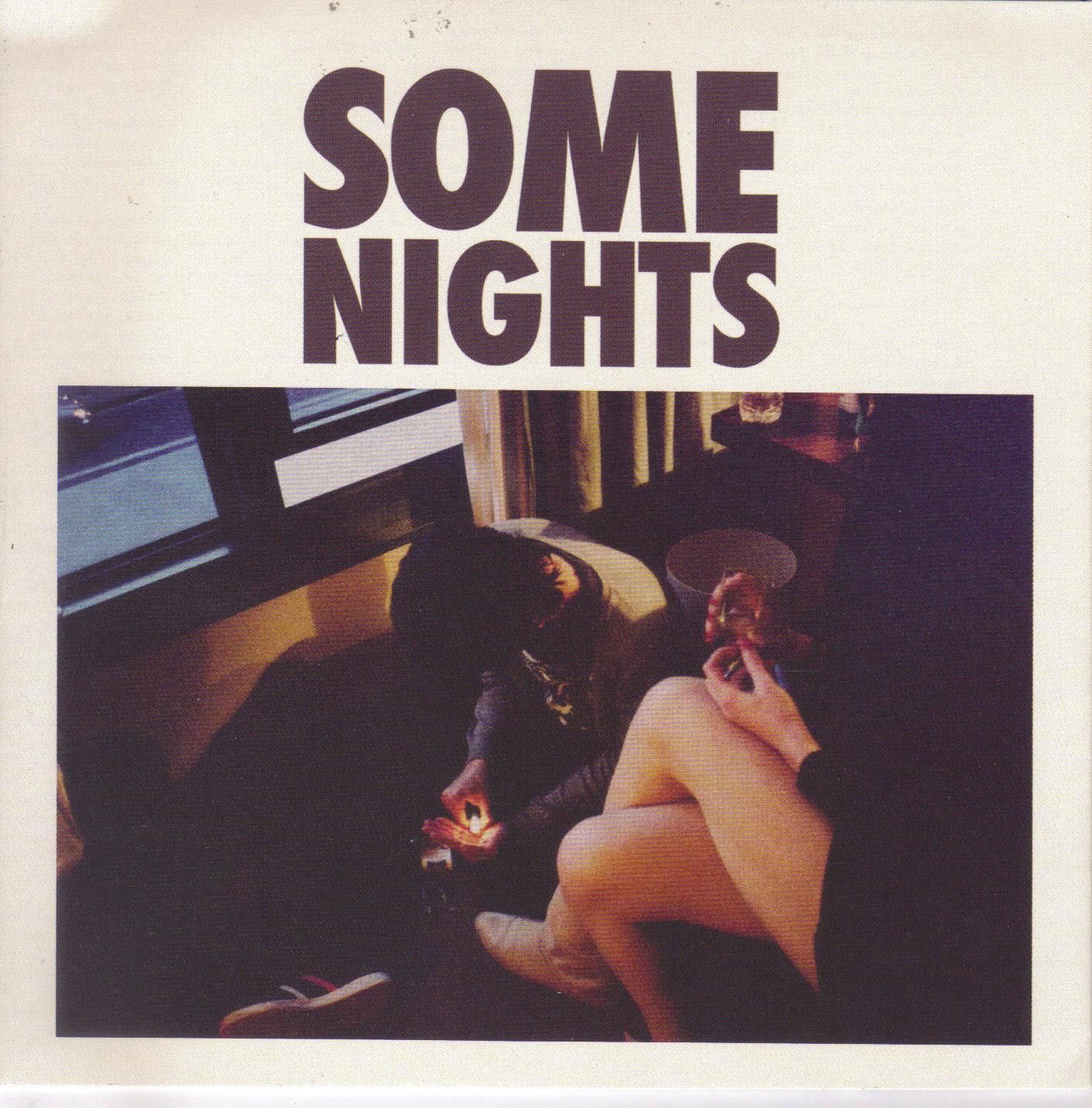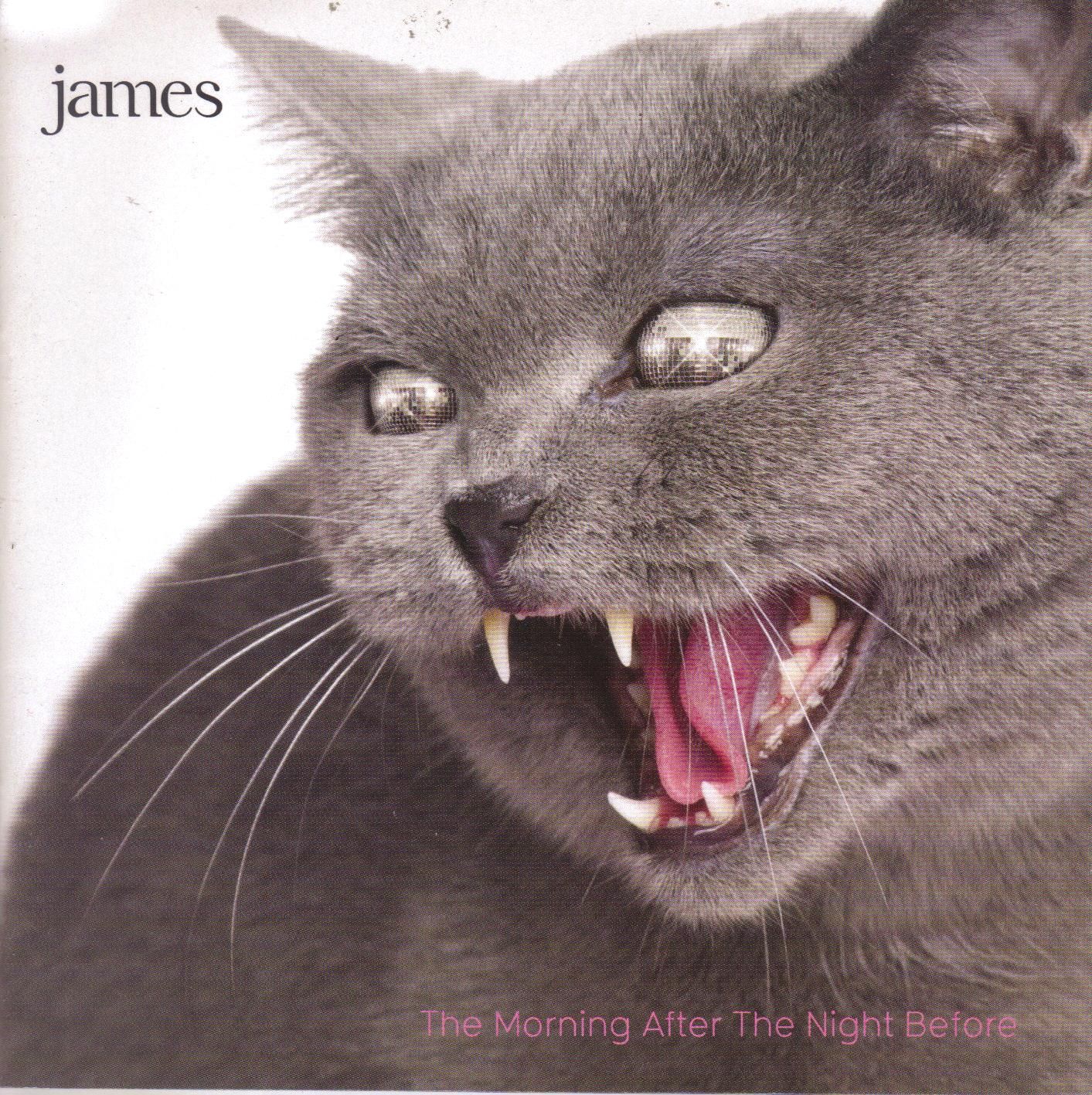As I noted last month, some of the stuff I bought in June ended up in this post. Oh well - we don't stand on ceremony here at ye olde blogge!
The Defenders volume 1 by Matt Fraction (writer), Terry Dodson (penciler), Rachel Dodson (inker), Sonia Oback (colorist), Michael Lark (penciler), Stefano Gaudiano (inker), Brian Thies (inker), Matt Hollingsworth (colorist), Mitch Breitweiser (artist/colorist), Bettie Breitweiser (colorist), Victor Ibáñnez (penciler), Tom Palmer (finisher), Terry Pallot (finisher), Chris Sotomayor (colorist), and Clayton Cowles (letterer). $19.99, 128 pgs, FC, Marvel.
It's probably damning with faint praise to say that this is the best Fraction comic from Marvel since Iron Fist (excluding Casanova, which I don't count), because the books he's written since then have been pretty atrocious, culminating in the dull-as-dishwater clusterfuck from last summer, Fear Itself. It's somewhat strange, considering that this book comes out of that bloated event and in the first arc features a villain from the series, but Fraction does seem to have a much better handle on this kind of comic than the giant event book. It's also interesting that, tonally, this shares a lot of similarities with The Order, Fraction's early Marvel series, but now Fraction is a bigger name and he's using characters that long-time fans know even if they don't particularly love them. The ways certain series succeed and others fail continues to fascinate me.
Anyway, this volume of The Defenders is pretty good, mainly because Fraction is able to indulge in the kind of stories he seems to enjoy, i.e. "secret" and "hidden" history. He did that to a certain degree in The Order, and he did it in The Immortal Iron Fist. I read his run on Uncanny X-Men for one year, and by far his best issue was #512, which leaned the same way. In The Defenders, he uses Nul (the embodiment of what happens when the Hulk "Hulks" out) to introduce the Concordance Engine, which is a weird, vaguely Asgardian-looking contraption that is apparently a wishing machine (a "map of everything," according to one character, but it seems to be one of these magic "anything" things in comics that basically does whatever the writer wants it to do for that particular story, which makes it a wishing machine). The entire volume is concerned with the group of Defenders - Doctor Strange is the quasi-leader, while Namor, Iron Fist, Silver Surfer, and (sigh) Red She-Hulk make up the rest of the team - trying to figure out what the heck this thing is even as it pops up all over the world, tying Marvel history together. As I pointed out, Fraction really likes this kind of thing. I actually do too, even though I think there's a danger of overdoing it. Fraction does bring in a lot of characters from Immortal Iron Fist (mainly to kill some of them, which I don't mind as much as I do when it happens some other times because he did, after all, create them), which is kind of nice - I always enjoy writers who remember the rich tapestry of Marvel history, even if it's their own section of it. The book ends kind of oddly - Fraction does not write for the trade, so the final issue ends on a cliffhanger that leads into the next "arc," even though it's all part of the Concordance Engine mystery. The first three issues sort of form a complete story, while the next two issues are kind of standalone before issue #6 fires up the next arc. It's refreshing that Fraction doesn't care about writing a six-issue story, even though it does make the trade a bit fractured.
It's not perfect, of course - Nul is dispatched far too easily, even though it's clear that he's not really the big bad guy in the arc anyway; Prester John's plan seems kind of dumb; Stephen Strange is douchier than he usually is; in no universe is Betty Ross as a Hulk a good idea (even though it's not Fraction's) - but Fraction is far better at this kind of comic than he is at others, so he does a good job with the characters and the overall threat. Any team with superhero characters is probably going to be so powerful as to make threats against them seem silly, so the idea of a giant wishing machine is a good one, as it allows Fraction to indulge in some nice character work, as he does in issue #4 (an issue in which Dr. Strange uses the wishing machine accidentally AND shows how bad-ass he is AND acts slightly less douchey than he does in the other issues). It does seem like he has a fairly long-term plan when it comes to the book, which is always nice. So far, the book hasn't felt as weighty as Fraction wants it to be, mainly because there's a lot of build-up and not so much pay-off (as I noted, Nul's threat fizzles, the things from issue #5 haven't become too dangerous yet, and the bad guy from issue #6 - no spoilers here! - is easily vanquished ... this time). But it's still a pretty good comic.
As for the art ... well, it's the Dodsons and some others. They're all familiar names, and while the Dodsons might not be my first choice to draw a weird superhero comic, I don't have any real problems with Terry's exuburant cheese/beefcakery. Michael Lark, Mitch Breitweiser, and Victor Ibáñez are all good artists (Lark is better than Breitweiser, who's better than Ibáñez) who give the book a bit of an edge that the Dodsons don't bring to it, but except for the lack of consistency in the artwork from issues to issue, I don't really have a problem with any of it. The first few issues won't make me a fan of Sonia Oback and her digital process, and those issues feature a bit too many "special effects," but that's just the crotchety old me speaking, and I guess Oback does it as well as anyone.
The Defenders is a solid comic in which Fraction gets to write to his strengths, and while it doesn't set the world on fire, I always appreciate a superhero book that's a bit odder than your standard fare. Some parts of this don't work too well, but it's still a pretty good read.
Rating: ★ ★ ★ ★ ★ ★ ★ ☆ ☆ ☆
Frankenstein, Agent of S.H.A.D.E. volume 1: War of the Monsters by Jeff Lemire (writer), Alberto Ponticelli (artist), Walden Wong (additional inker), José Villarrubia (colorist), Pat Brosseau (letterer), and Travis Lanham (letterer). $14.99, 135 pgs, FC, DC.
Lemire's run starts off pretty strong with a nice opening arc, gets sidetracked a bit with a dumb standalone issue starring O.M.A.C., and then gives us a story with a surprise that anyone who's ever read a comic could see coming which leads into the next arc. The trade ends on a bit of a cliffhanger which is apparently resolved in the next issue of the ongoing, so why it needed to end there is beyond me, but as Lemire, like Fraction above, isn't exactly "writing for the trade," I can't fault him ... but I can blame DC, because it's so damned easy.
The book is fun to read even as it falls into a fairly standard and predictable routine - Frankenstein and his team fight monsters, but are the real monsters people much closer to them?!?!?!? The first story gives us a bunch of monsters invading Earth from another planet, and Frankenstein and the Creature Commandos have to stop them. Then, Father Time, the boss at S.H.A.D.E. (the Super Human Advanced Defense Executive), wants to study Brother Eye, so he sets up the encounter with O.M.A.C. Then, the "humanids" - non-sentient beings that S.H.A.D.E. uses for manual labor - gain sentience and rebel. Part of their rebellion means letting the bad guys out of S.H.A.D.E.'s prison, which is what the cliffhanger concerns. It's an exciting read, to be sure, but it's nothing we haven't seen before: Everyone falls into a predictable role in the group - you have the bromance between the werewolf and the vampire, the ingenue who turns out to be far tougher than anyone thought and warms the heart of the too-tough-for-school hero, the mysterious bad-ass, the ex-flame for whom the hero still carries a torch. Lemire writes them perfectly well, but it's kind of tough to see past the stereotypes.
Ponticelli is a good artist, and his rough, scratchy line is perfect for a book about malformed monsters, both good and bad. This is one book that tends to earn its double-page spreads - DC loves those motherfucking double-page spreads! - as Ponticelli packs each giant panel - whether two pages or just a single splash - with creepy crawlies and other magnificent beasties. His design work is good, too, as S.H.A.D.E. City is a bizarre, modern-yet-creepy mishmash of buildings and walkways and antennae and pipes. Villarrubia keeps up nicely, coloring Frankenstein's world in lurid greens and bloody reds and sickly oranges, and the colors really make the book look superb. I read Chad Nevett's comments on Walden Wong's inking and how wrong it is for the book, and in the final issue in this collection, we can see what Chad means, and he's absolutely right. Wong completely obliterates Ponticelli's roughness, so much that it honestly doesn't even look like the same penciler. Wong's not a bad inker, but his style is completely wrong for the book, to the point where DC might as well have gotten a "guest penciler" to draw issue #7 (and any additional issues that Wong inked, of which there seemed to be at least one, based on how often Chad mentioned it). It's really a shame when two artists are so mismatched like Ponticelli and Wong are, because the book looks terrible in issue #7, and neither of those dudes is bad at what they do.
Frankenstein, Agent of S.H.A.D.E. is a fun, pulpy adventure in which Lemire really doesn't take any chances. It's better than the first trade of Animal Man, if that means anything. Of course, by now Lemire isn't even the writer on this book anymore, but that's just life in the DCnU, I suppose. This is still a pretty keen trade if you're in the mood for some solid, monster action.
Rating: ★ ★ ★ ★ ★ ★ ★ ☆ ☆ ☆
Mystery Men by David Liss (writer), Patrick Zircher (artist), Andy Troy (colorist), and Dave Sharpe (letterer). $14.99, 110 pgs, FC, Marvel.
I still haven't read the two David Liss novels I own, but my wife likes them, and she usually has good taste, and I was intrigued by the idea of Depression-era superheroes set within Marvel continuity (Baron Zemo makes an appearance in this mini-series, for instance). Plus, I like Patrick Zircher, although he's never quite managed to reach the heights he achieved on Terror, Inc. So of course I was prepared to enjoy this.
It's pretty good, although I'm not surprised it's not as good as I hoped (I often have high hopes for comics - maybe I should adjust my expectations downward). The plot involves a creepy general who kills the girlfriend of a man named Dennis Piper early on in the book ... which was a mistake, as Piper is the masked vigilante known as the Operative, who steals from the rich fat cats who live high on the hog while most Americans languish in the Depression (the book is set in 1932). He investigates the murder, which is only a small part of the atrocities this "general" is willing to propagate in order to achieve his ultimate goal, and meets the other New York hero, a black man called the Revenant, who also has ties to the dead woman (not romantic ties, but still). Piper visits his girlfriend's sister, Sarah, who was once a pilot until she caused an accident (but it totally wasn't her fault; the plane hadn't been properly maintained) that killed a person ... but she still cobbles together a fancy flying suit and decides to avenge her sister. The General, meanwhile, sent an archaeologist to Turkey to dig up an amulet, but he tries to kill the archaeologist and seize the prize, so the archaeologist puts on the amulet and discovers it gives him the strength and awesomeness of Achilles. Finally, a doctor in a small town stands up to the crooked sheriff and is almost burned alive for his troubles, so he heads to New York to fight evil. He also discovers that the General did something horrid in his home town, so all the "mystery men" are united in their thirst for vengeance. There's also a sexy demon hanging out with the General, because why not?
It's a standard enough story - Liss brings in real-life events like the Lindbergh baby kidnapping to make it feel more relevant, but it's still a by-the-numbers plot - that introduces all the characters in a predictable fashion and then turns them loose. Even the conflicts within the group feel forced, because the Operative and the Revenant seem uncomfortable with the methods of the Surgeon and Achilles - I mean, how dare the latter two kill people who are doing monstrous things? There are plenty of opportunities for Liss that he himself sets up - the fact that Ezekiel Wright is a wrongly-accused black man who becomes the Revenant is an interesting plot point, especially when he starts having sex with Sarah - but the racism of the 1930s is barely addressed except in the most broad ways. I'm always curious how heroes in comics have no trace of the slightest bigotry even if it would be perfectly normal for them - this would be a more interesting comic if one of the other heroes wasn't 100% comfortable with the Revenant, for instance, or Sarah, because she's a woman. Piper tries to keep her out of action early on because of her sex, but that's quickly brushed aside. As with many comics of this sort, this barely feels like it's set in a different time than ours except for the barest sheen of "1930s-ness." I don't want it to be a sociological treatise, but it would have been interesting for Liss to examine the prevalent attitudes among even the most "enlightened" people of the time. It certainly would have added more tension than "Oooh - those dudes kill and we don't!" It's an enjoyable story, certainly, but as with far too many comics, Liss plays it safe. He's a successful writer - why should he play it safe?
Zircher and Troy do a pretty good job with the artwork. Some of the figure work looks too much like it was shot against a green screen, which is the way a lot of modern artwork looks, but there is some fine work, too, and Zircher is best when the book gets a bit weird. Like a lot of modern artists, he's not the greatest at action scenes, but he does set a nice mood for the more horrific parts of the comic. I don't know if this is true for any other readers, but when I see slicker artwork like this and some obvious computer tricks, I always start wondering if the artist used anyone famous as a model. Zircher is good enough that if he did, it's subtle, and he's also good enough to do some nice work with facial expressions that actually match what the characters are saying, but it's always in the back of my mind, and it bugs me. Anyway, it's pretty good art, Troy's blue-ish palette helps create a nice, eerie tone, and Zircher is the kind of artist who works well in modern comics. I'm not totally in love with those methods of comic book creation, but I don't mind it when the artist is good enough to sell it.
Mystery Men is like a lot of today's Big Two comics: interesting ideas with predictable execution. Other than the fact that Marvel wanted a mini-series about pulp heroes in continuity, there's no reason this needed to be set in 1932. Liss pays some lip service to the Depression, but masked heroes in comics today are still robbing from the rich to give to the poor, so why make a big deal of it being set in 1932? We get a meeting between Baron Zemo and Charles Lindbergh that foreshadows Lindbergh's support for the Nazis, which is odd in a lot of ways, but there's no payoff and I seriously doubt if a sequel to this series is coming down the pike anytime soon. The book looks cool, sure, but I still never understand why writers feel the need to set books in different time periods and then almost ignore the society that existed in that time period. Some comics are very good about evoking the time in which they're set, but too many aren't. Mystery Men is a decent enough story, but it doesn't rise above that.
Rating: ★ ★ ★ ★ ★ ★ ☆ ☆ ☆ ☆
Beauty and the Beast. Dazzler the Movie (Marvel Graphic Novel #12) by James Shooter (writer), Frank Springer (penciler), Vince Colletta (inker), Christie Scheele (colorist), and John Morelli (letterer); Beauty and the Beast #1-4 by Ann Nocenti (writer), Don Perlin (penciler), Kim DeMulder (inker), George Roussos (colorist), Petra Scotese (colorist), and Joe Rosen (letterer); "Beauty and the Beast Epilogue" by Jim McCann (writer), David López (penciler), Alvaro López (inker), Emily Warren (colorist), and Jeff Eckleberry (letterer). $29.99, 178 pgs, FC, Marvel.
As you might recall, I'm a HUGE Dazzler fan, so I figured I'd pick this up instead of tracking down the original mini-series, which I'm sure I can find for far cheaper than this book (I would imagine I could find each issue for a dollar or less). I don't mind too much - it's nice to have the graphic novel in color (I read it in black-and-white in the Essential Dazzler book from a few years ago) and it's nice to have them all in a nice package. No, these aren't great comics, but as with Dazzler's original title, they are interesting. Shooter and Nocenti continue the theme of Dazzler the series: Alison Blaire has no interest in being a superhero, so this enables the writers to give us stories that deal with the way Ali tries to live in the world. Dazzler the Movie tracks her attempts to become a star while still retaining her dignity, and it's an interesting comment on how Hollywood works and what it's like to be a woman in Hollywood. Ali resists the advances of two different men, but eventually falls for one of them - Roman Nekobah - who tells her he can make her a star. The man bankrolling the movie - Eric Beale - has nefarious designs of his own on Dazzler, and he eventually reveals the fact that she's a mutant to the world. This, of course, was a big deal back in 1984, and Ali is still dealing with the fallout in the mini-series that follows. Dazzler the Movie isn't the deepest story in the world, but Shooter does a lot right - he delves into the pressure on stars to remain famous even as their looks fade; the pressure on women to remain thin and pretty; the price people decide to pay or not to pay to become stars; living with a secret and what happens when that secret is out in the world; and the lies people tell each other and themselves about their motives. He doesn't get into these themes enough, frankly, and even plays them for laughs at times (Ali keeps making jokes that she started off younger than Roman, but now she's suddenly older than he is because he keeps lying about his age), but it's impressive that he gets into them at all. Springer's art and Scheele's colors make the book a nice, sumptuous treat - the artwork is far better than what I've often seen from Springer, possibly because he could take his time drawing the book. It's a nice book that could have been better, but it's still impressive to realize how much we're still dealing with the issues Shooter brings up (especially with the obvious mutant/gay parallel he's going for).
Beauty and the Beast is bit less successful, because Nocenti tries a bit too hard to cram a lot into four issues, and she doens't really succeed. Henry McCoy shows up in Los Angeles to hang out with Wonderman (it's one word in this book), but he gets drawn in to a thriller with Dazzler (poor Simon - he just vanishes from the book early on). Meanwhile, Ali can't find work because everyone knows she's a mutant, but she meets a dude named Alexander Flynn who introduces her to a guy running an underground theater where mutants fight like gladiators. Flynn, it turns out, claims to be Doctor Doom's son, and he's trying to build an army to take over Latveria. So we have that plot, Dazzler realizing that she fits in with the gladiators more than she does in the outside world, a hotel run by an old hippie that's a haven for mutants, Hank figuring out why Dazzler wants to stay with Flynn's theater, and Hank and Dazzler falling in love. None of it is given enough screen time to be really convincing, except maybe the whole idea of Ali finding acceptance among the mutants. The dialogue is clunky at best, Perlin's art is fine but lacks the glamour of Springer's in the graphic novel, and the romance between the two leads feels very forced. Part of it is - this was before Claremont made it explicit that Dazzler can influence moods with her powers, but it's implied here - but it still feels like Nocenti simply jams it into the story for no reason other than Alison is a hot chick, so of course men fall in love with her! It's not a terrible story, but it lacks even the depth that Shooter gives the graphic novel. It gave Claremont a plot in New Mutants, though, so I guess that's okay.
The book is a nice relic of the times - some of the attitudes of the characters are painful to read, because they're so outdated - and at least we get to see how egomaniacal Doctor Doom really is - Nocenti and Perlin give us a map of Latveria with towns called "Doomsburg," "Dooms Hill," "Dooms Valley," "Doomton," and "Dooms Falls" - so that's always fun. It's a bit expensive for anyone who's not a hardcore Dazzler fan, but the graphic novel remains a worthwhile read. I can't remember if Claremont or anyone else explained why Dazzler and Beast weren't a couple the next time anyone saw them, but maybe someone else can!
Rating: ★ ★ ★ ★ ★ ★ ½ ☆ ☆ ☆
Demon Knights volume 1: Seven Against the Dark by Paul Cornell (writer), Diogenes Neves (penciler), Michael Choi (penciler/inker), Robson Rocha (penciler/inker), Oclair Albert (inker)*, Julio Ferreira (inker), Marcelo Maiolo (colorist), and Jared K. Fletcher (letterer). $14.99, 140 pgs, FC, DC.
* As I pointed out in my weekly post, Albert is credited on the cover of the trade but is not listed on the inside. That's odd.
Before I get into this, I'd like to point out once again that I'm a bit bothered by Cornell playing fast and loose with history. If we can pick on writers for getting science wrong, we can pick on them for getting other things wrong, and Cornell has some goofy things going on in this pseudo-historical comic. I mean, by the time this book takes place, Goths didn't really exist anymore, yet Vandal Savage implies that they still think of themselves as Visigoths and Ostrogoths. But what the hell - I'm willing to suspend my disbelief for this, but it still nags at me.
I thought the first issue of this series was pretty good, good enough to get me to buy the trade. Cornell uses a some solid foundations as the base of his story - he gives us a Thermopylae-style story where a small number of people hold out a narrow pass against an overwhelming force. Then he gives us a kind of "Magnificent Seven" group - the "heroes" aren't hired by the town, but they defend it anyway - who are thrown together by fate and end up becoming a team, if reluctantly (they really don't like each other all that much). In the first issue, we saw how Etrigan, Madame Xanadu, Vandal Savage, Sir Ystin, Exoristos, Al Jabr, and the Horsewoman (although she only shows up briefly) came together and were forced to fight because the "horde" of the Questing Queen and Mordru, her sorcerer, attack the village while they're there. They try to escape the village, but they can't, so they fight. Boy howdy, do they ever.
Cornell gives us a bit of character development, as we find out what Sir Ystin is doing, where Exoristos comes from, what's going on with Etrigan and Madame Xanadu, why Vandal Savage is a scumbag, but basically, this is seven issues of slaughter. The group sets up a defense and tries to get through to Alba Sarum, the city to which the Queen is heading, to warn them about the horde. The villagers are woefully unprepared to defend themselves, but Vandal Savage tries to whip them into shape quickly. The Queen throws everything she has at the village, and Cornell gives us buckets and buckets of blood. If you like that sort of thing, you'll probably like this. I do, so I enjoyed this. It's not terribly deep and it's not a great book, but it's wildly entertaining. Cornell uses some standard storytelling tropes - there's a character who might as well have a target on her forehead, it's so obvious what's going to happen to her, and Xanadu's moral torment over what she has to do is over laughably quickly - but that's fine, because DINOSAURS!
Neves isn't my favorite artist, but he throws himself into this with a great deal of fervor, and considering that Cornell's pace is frenetic, he keeps up nicely. As with most artists, he doesn't really try for historical accuracy in any way - the women are scantily clad, almost everyone is far too clean - but if we're not going to hold Cornell accountable, we certainly shouldn't hold Neves accountable. He needs to draw a lot of dinosaurs, a lot of violence, and a lot of magical-looking shit, and he's up to the task. He doesn't care too much about faces, but that's not a problem in this book.
Demon Knights is a fairly innocuous book, fun to read and fairly forgettable. I don't have many problems with it because it doesn't demand that you think about it too much. I'm not sure if I'll get the next trade, but I don't regret getting this one.
Rating: ★ ★ ★ ★ ★ ★ ½ ☆ ☆ ☆
God and Science: Return of the Ti-Girls by Jaime Hernandez (writer/artist). $19.99, 134 pgs, BW, Fantagraphics.
I've mentioned before that I've never been able to get into the Hernandez Bros.' comics, but I do keep trying. Maybe I should just suck it up and start with Love and Rockets at the beginning, but it's such a sprawling epic that I'm not even sure that I can get into it. So I try their smaller stuff, and this is one of them. It's a superhero book!
After reading this, I'm still not convinced that I get the Hernandez Bros. This is a perfectly entertaining comic, but it's basically a superhero comic. It's a bit better than your standard piece-of-junk superhero book that you might get from the Big Two, but it's basically a bunch of superheroes beating on each other. The biggest difference from a Big Two book is that there are almost no men whatsoever in this entire book - every major characters is female. This ties into another significant difference from a Big Two book - Hernandez takes the time between giant punch-outs to actually have the characters talk to each other, so while there's not a ton of that stuff, it's still pretty good. I get the feeling the bar has been set so low by standard superhero books that something like this is elevated (kind of like another book that I'll get to below). Looking at it in a vacuum, though, it's just a solidly entertaining superhero comic.
Hernandez does a nice job creating generations of superheroes, as the young hero, Angel, gets together with other heroes of her generation but also with the Ti-Girls, a group of heroes who were "rejected" by other superhero groups. They're trying to find a hero who has gone a bit insane with power, and through this mission, they discover some hidden secrets about their past and even their existence as heroes. Hernandez doesn't care too much to delve into their powers - some have specific powers, but they all seem super-strong and fairly invulnerable - because he's just not that interested in it, but he does enjoy getting into secret origins and crossovers and betrayals and such - good staples of superhero comics. He does this all with a good sense of humor - he doesn't take this all too seriously, which means that when he does get a bit serious, it hits a bit harder. Even though he does explore some serious themes, he never lingers too long on them, because there's usually another brawl coming up.
One thing that bugged me is when Hernandez takes his metaphor a bit too literally. I know I'm apparently the go-to mouth-breathing, knuckle-dragging male around here, but as the ladies speak to each other, it's fairly clear that Hernandez is linking superpowers to femininity and even the ability to create life, which explains why the book is filled with women. However, at one point Hernandez has a character explicitly state that men don't have innate powers - they need to go out and manufacture them. It seems that Hernandez doesn't think we can infer his meaning, so he has to come right out and say it. The reason it bugs me is because it's again making women special at the expense of males. I realize, again, that I won't get much sympathy for this view, but there's no reason to explain why there are virtually no male superheroes in this book - generations of comic book writers for DC and Marvel never explained why males were the dominant gender in superhero comics, and there's no reason for Hernandez to do it. By making it clear that women are better than men because they're all born with abilities (whether they do anything with them or not determines whether they become superheroes), Hernandez is doing the book a disservice, bringing in a strained "battle of the sexes" theme that the book doesn't need. I'll put it this way: If a writer claimed that men were superheroes because they had innate abilities that women don't share, we would be (rightfully) all over that writer. We know why men were almost always superheroes for decades. Hernandez can't simply trust us to enjoy a superhero comic with solely female heroes - he has to denigrate men along the way.
I apologize for the rant, but this book, which isn't the deepest look at superheroes, doesn't have the resonance to tackle gender issues like Hernandez does so briefly. It's almost an aside, which makes it even worse. God and Science is a charming superhero story, and I'm probably the only one who was bothered by that discussion. Other than that, though, it's a nice tonic to the stabby-stab-stab storytelling prevalent from a good deal of mainstream superhero comics, so it might be something fun to check out!
Rating: ★ ★ ★ ★ ★ ★ ★ ☆ ☆ ☆
Valen the Outcast volume 1: Abomination by Michael Alan Nelson (writer), Matteo Scalera (artist), Archie van Buren (colorist), and Ed Dukeshire (letterer). $14.99, 88 pgs, FC, Boom! Studios.
The premise of this book - "Undead Conan," to quote Chris Roberson on the cover - is another example of what Michael Alan Nelson does well; namely, come up with really cool high concepts. He's been spotty in bringing those to fruition, however, but Valen the Outcast might be the best thing I've ever read by Nelson, so that's something (I think Hexed is his second-best work, and it featured sweet Emma Rios artwork, too). It's an easy book to explain - a Conan-like king named Valen falls in battle against Korrus Null, a despicable necromancer, who steals his soul and turns him into one of his undead warriors. Valen somehow manages to get to a witch named Zjanna (a hot, buxom witch, to be sure, but a witch nevertheless), who puts a tattoo on him that blocks the influence of Korrus Null and "frees" Valen. He finds a guide named Alexio Cordovan to take him to Korrus Null's stronghold, and after Zjanna joins them (she wants revenge for her own purposes), the three of them are off!
Obviously, this ground has been trod many, many, many times before, but Nelson keeps things moving nicely, and the fact that Valen is undead adds a nice layer of intrigue to the tale. Undead people are common in this world, and no one trusts them, so everyone treats Valen like the abomination he is even though they know he was a king in life. The characters are stereotypes: Valen is a great and noble warrior who just wants his soul back, Alexio is the conniving rogue with a lot of secrets, and Zjanna is the hottie who is amazingly good with weapons. It's not really a criticism, because in a story like this, you kind of expect stereotypes, and Nelson is far more concerned with the plot anyway - Valen and his two companions get into and out of all sorts of trouble, always moving closer to their goal and always uncovering some of the secrets in the group. Nelson does a fine job pacing the book, making every situation very difficult to escape but also plausible that these people would accomplish it, and even pulls an obvious Chekov's gun but shows nice restraint in holding off the resolution of that until the next volume. There are plenty of creepy moments and lots of action, which is pretty much all I was looking for with this. Does that mean I'm lowering my expectations and that I'm pleasantly surprised that it surpasses them slightly? Probably. But I look for different things from different comics, and Nelson delivers a bit more than I was looking for from this.
Scalera is a good artist for this book, because he has a nice, scratchy line that makes Valen's world look more rough-and-tumble than, say, the world of the Demon Knights. Everyone (except for Zjanna, of course, because she has to be the hot one) looks slightly ragged around the edges, even someone like Cordovan, who prides himself on being a bit fancier than everyone else. The book is ridiculously violent, but Scalera does a nice job showing how awful the bloodshed is without being too, too disgusting about it. He also does a good job with Korrus Null, who's giant and loathsome and horribly creepy - a fine villain for the book. Van Buren adds just enough effects to make the magical part of the world real, as eyes spark with hellfire and creatures drip slime from their mouths. It's a tremendously busy book - Scalera packs every panel with a lot of wonderful, frenetic detail - and it makes it feel meatier than it actually is, which is kind of nice.
This isn't a great comic by any means, but Nelson and Scalera deliver a wildly fun comic that stays firmly within the boundaries of its genre but works within those boundaries very well. Nelson wrote on his blog that the book ends with issue #8, and I hope it's because he got to tell the entire story and not because the book is getting cancelled. Either way, I'll be there to get the second trade!
Rating: ★ ★ ★ ★ ★ ★ ★ ☆ ☆ ☆
Daredevil volume 1 by Mark Waid (writer), Paolo Rivera (artist), Joe Rivera (inker), Marcos Martin (artist), Javier Rodriguez (colorist), Muntsa Vicente (colorist), and Joe Caramagna (letterer). $15.99, 131 pgs, FC, Marvel.
There's not a lot I can say at this point about Daredevil, or at least about the title before the "Omega Effect" crossover, which seems to be where a lot of people think it went off the rails (I haven't read that far, of course, so I can't say). This trade, which collects the first 6 issues, is almost as good as advertised, and considering I'm someone who has been let down by what others think are great comics too often recently (I'm sure many of you can say the same things about comics I love - it's not a one-way street), that's a pretty good compliment. Waid certainly does a fine job balancing the light-heartedness that he wants Daredevil to have with "serious" storytelling, and the two arcs in this book reflect that. In the first three issues, Matt discovers that because everyone thinks he's Daredevil (he denies it, of course), his lawyering skills are blunted in court because the opposing lawyers keep bringing up his conflict of interest. He's trying to help a dude whose case is airtight, but he can't get into court. He investigates and finds that a certain Marvel bad guy doesn't want the dude to win his case, and then we get a nice donnybrook that resolves everything nicely. In the second arc, he helps a blind worker who accidentally overheard two Latverians talking about a scheme involving several terrorist groups in the Marvel U. Daredevil has to figure out how to help the kid while avoiding a big bad dude named Bruiser (who has a clever-yet-ridiculous power that keeps DD at bay for a while) and all the terrorist groups involved. (Waid pretty much ignores Hickman's Secret Warriors, which I thought would happen when that series ended. It points out the pros and cons of using stuff in a shared universe - Secret Warriors is a better comic because Hickman draws on stuff from a rich history, but he changed things so much that other writers couldn't help but ignore them, and Marvel's editors, as usual, don't feel the need to step in and tell Waid - or anyone else - "Um, no, that's not how things are working right now with regard to Hydra. Sorry!" Even though I knew it would happen, it's still a bit disappointing.)
Here's the interesting thing about these first six issues of Daredevil: They're entirely conventional superhero comics. Waid doesn't push the envelope in the least, which makes the gushing over the issues rather strange - have people have become so sick of what the Big Two has been pushing on them that something like Daredevil, the scripts of which wouldn't stand out in earlier decades, seems to be great? I'm not criticizing the book - I've been hoping that mainstream superhero comics ease back on the doom-and-gloom for a while - but it's fascinating that the industry has gone so far in the direction of gore that this is considered the best comic of the year by many. I'm certainly glad it is - I don't know how sales are on this book, but maybe all the accolades will lead to a lessening of the horror of modern superhero comics - but I still think it's interesting. Waid certainly doesn't shy away from violence, but as with anything, it's the tone of the book that is more important than "what happens." The tone of this book is far more positive than a lot of what we see from the Big Two these days, so even though shitty stuff happens (a man's neck is broken, two people are drowned, a man's knee is broken), it's not a gloomy comic. That's nice.
Part of this comes from Rivera and Martin's marvelous artwork, of course. Their clean, thin lines and innovative designs make this a book far better to look at than most of what comes out of the Big Two. Much has been made of the way they show Matt's radar sense - thin red lines on a black background - but that's just one of the wonderful artistic touches of the book. Martin highlights certain things that trigger Matt's radar sense, from a meat wheel on a food cart to the girl who uses the tea tree shampoo, which is a nifty device. Rivera gives us a wonderful battle in issue #3, with Matt unable to rely on his senses in a situation where they're desperately needed. Both artists use sound effects wonderfully, with Martin, especially, drawing them onto the sides of buildings and other solid objects to make them more a part of the scene. Unlike a lot of superhero comics, Rodriguez and Vicente keep their colors light and bright, so even when Matt wanders around at night, it's still not a gloomy comic. Waid and his collaborators, in other words, celebrate that this is a superhero book, and that helps make this so enjoyable even when dark things happen.
Both Rivera and Martin are no longer working on the book, but I imagine Chris Samnee is doing a good job with the artwork, because he's a good artist. Marvel stupidly has decided to double-ship this, which pretty much guarantees that they're going to need more artists, some of whom won't possibly be able to do as well as Rivera and Martin do. There's a fine line between greatness and mediocrity, and while Waid remains the constant, it's clear from this trade that the artwork helps put this over the top. I'm going to get the second trade, of course, but I fear the issues won't approach the quality of the ones collected here. Still, if you haven't bought this yet and need just one more voice to push you into it, let it be mine: this trade is very good, almost as good as everyone else says it is!
Rating: ★ ★ ★ ★ ★ ★ ★ ★ ☆ ☆
Crime and Punishment by Fyodor Dostoevsky (translated by Constance Garnett). 449 pgs, Barnes & Noble Books, 1994 (Crime and Punishment was originally serialized in 1866).
I finally got around to reading Crime and Punishment this month (and partly in June; it took me a while to slog through it), and I wasn't impressed for a really long time, but it got better toward the end before finishing really weakly. In case you don't know the story, Dostoevsky gives us Raskolnikov, a student in Petersburg (I don't know if Russians generally dropped the "Saint" from the city's name, but this is how it's referred to throughout the book) who decides that some people are allowed to commit crimes because they're better than common humanity. He decides he himself is one of those people, so he kills a pawnbroker he doesn't like and is forced to kill her sister when the sister stumbles upon the crime. He then spends the next 350 pages agonizing about it and practically begging the police to arrest him while the ineptitude of the authorities mounts. The theme is supposed to be how the punishment to a man's soul is worse than anything the authorities can mete out, which I suppose is a perfectly fine theme, but whether it's the fact that the book is 150 years old or the translation is poor, it just feels like Raskolnikov whines a lot. One of the problems is that he kills the woman on (in my version) page 63, and we don't have a good idea why he picked her. I guess the point is that Raskolnikov could have picked anyone, but as the book goes along, it's clear he really didn't like the pawnbroker and thinks the world is better off without her. So he's just a common murderer despite all his lofty thoughts, but we only have his word that the pawnbroker is a vile woman ... or at least any more vile than a lot of the people who populate the novel. Raskolnikov himself is a fairly vile character - he whines that his sister is going to marry a man for his money because he, Raskolnikov, is supposed to support his mother and sister, but then he keeps borrowing money from his mother and never paying her back. That's just one instance of Raskolnikov being, well, a douchebag. Plus, the so-called investigation into the murders is laughable - Raskolnikov basically admits his guilt more than once, but everyone keeps ignoring him. Again, I suppose that's Dostoevsky's point - the cops refuse to believe that someone of Raskolnikov's standing and intelligence would do such a thing - but it's so buffoonish that it's tough to take seriously. The book is most impressive when Dostoevsky concentrates on the way Russian society worked in the 1860s, because it's a fascinating look into a culture separated from us by both time and geography. The characters are interesting, too, from Sonia, the reformed prostitute with whom Raskolnikov falls in love, to Razumihin, Raskolnikov's somewhat dim-witted friend, to Porfiry, the policeman who knows that Raskolnikov committed the murders and enjoys playing head games with him, to Svidrigaïlov, who is Raskolnikov's parallel in the book - he's also done something horrific, but his journey takes a different turn than Raskolnikov's. Dostoevsky doesn't really succeed, to me, in writing a really good psychological drama - Raskolnikov is too broad a character for that - but he does write a very fascinating study of the society that creates all these characters, uses then, and spits them out. The weak ending is perhaps Raskolnikov's only road to redemption, but while it seems like Dostoevsky meant it to be a victory, from the distance of 150 years it feels like an utter capitulation (don't get me wrong, that's what Dostoevsky wanted us to think, but it meant something different then than it does now).
Anyway, I'm glad I read the book, because I have read very little classic Russian literature, but it certainly wasn't as good as Bleak House, the classic I finished in June. Oh well.
Rating: ★ ★ ★ ★ ★ ★ ★ ☆ ☆ ☆
The Lost World and The Poison Belt by Sir Arthur Conan Doyle. 250 pgs, Chronicle Books, 1989 (The Lost World was originally published in 1912 and The Poison Belt was originally published in 1913).
The only Conan Doyle I've ever read is, of course, the Sherlock Holmes canon, but I happened to see this at the VNSA book sale a few years back and, as it was two thin dollars, I figured I'd pick it up. What the heck, right?
The Lost World is a fun adventure book, as newspaper man Edward Malone, acting as Watson, tells the story of his trip to South America with Professor Challenger, Professor Summerlee, and Lord John Roxton. Challenger claimed that he found amazing creatures, including dinosaurs, in the jungles of Brazil, and when no one believes him, Summerlee is tasked to go with him and see what's what. Malone and Roxton go along as well, and they of course find the "lost world" and have a grand old time. This is an old-school adventure story in the finest British tradition - Challenger more than once makes mention of the superiority of the Anglo-Saxons in comparison to the natives, although it wasn't as racist as one might expect from this kind of book. In this case, it isn't clear that Conan Doyle shares Challenger's ideas about the differences between the races. In any case, they make it to the "lost world," get in close shaves with dinosaurs, fight ape-men, ally themselves with Indians who fight the ape-men, and document a lot of new flora and fauna (or should I say archaic flora and fauna that is extinct in the rest of the world). They return, prove their claims, and become rich men. It's all very proper and British. Conan Doyle doesn't take it all too seriously - Malone's reunion with his nominal fiancée is proof of that - but while there are spots of humor, it's still a grand adventure, and it's very fun to read.
The Poison Belt is another matter entirely. Conan Doyle decides to exterminate humanity, and so he does. The Earth passes through a "poison belt" in the ether of space, which kills everyone on the planet. Only Professor Challenger knows it's coming, so he and his cohorts (along with his wife) take precautions and are able to survive the apocalypse. Then Conan Doyle wusses out and we get a quasi-happy ending. The best thing I can say about The Poison Belt is that it's short. The characters are not active agents in any way - they simply sit around waiting to die, which makes the story pretty boring (for a book about the death of everyone on the planet, that's kind of annoying). Conan Doyle's SCIENCE! is ridiculous, of course, but at least in The Lost World it sounded the tiniest bit plausible. And, of course, there's the ending, at which Conan Doyle punks out a bit. It's a thoroughly lousy story.
If you're looking for a Conan Doyle book that's not a Sherlock Holmes story, The Lost World is quite good. The less said about The Poison Belt, the better!
Rating (The Lost World): ★ ★ ★ ★ ★ ★ ★ ☆ ☆ ☆
Rating (The Poison Belt): ★ ★ ☆ ☆ ☆ ☆ ☆ ☆ ☆ ☆
Cage the Elephant by Cage the Elephant, RCA/Jive, 2008.
I was in a bar a few months ago and I heard "Ain't No Rest For The Wicked," which I really enjoyed. It wasn't too hard to track down the band who sang it (I suppose it would have been a bit harder if the name of the song hadn't been so prominent), and that's how I came to own the self-titled debut of Cage the Elephant. It's too bad that "Wicked," the third track on the album, is by far the best song on it, but there are some other nice tunes too. The opening number, "In One Ear," is a fun rocking snarling anthem about how nobody respects the band because they play rock and roll. This kind of song is well past its shelf life - I can't imagine anyone caring whether people are in a band anymore, although maybe that's not true in Bowling Green, KY, from where the band hails, but lead singer Matt Schultz has a good sneer in his voice (although his accent throughout the album sounds vaguely British, which is odd) and the music rocks along. "Wicked" is a nice country/rap song with a cool guitar twang and a good, slowed-down rhythm. The other really good song on the album is "Back-Stabbin' Betty," which traffics in silly clichés about women, but Schultz once again brings the sneer and the band follows along, crunching through the angry lyrics nicely. The other songs are aggressively mediocre - there's nothing terrible about them, but the band turns into a fairly standard rock band, with nothing really to recommend them. Track #2, "James Brown," isn't bad, although Schultz does try too hard to be Mick Jagger on it. The only song I really don't like is "Tiny Little Robots," mainly because I don't like songs that tell me I've been programmed by society because I don't live a dissolute life full of Jack Daniels and skanks. Those kind of tunes make me angry.
Cage the Elephant has some talent, and they're not a bad band by any means, but it appears from this album that they might not be able to fill an entire album with really good stuff, settling on a few good tunes mixed in among forgettable music. Still, I do like "Ain't No Rest For The Wicked." It's pretty keen.
Rating: ★ ★ ★ ★ ★ ½ ☆ ☆ ☆ ☆
Some Nights by Fun., Fueled by Ramen, 2012.
Some Nights, on the other hand, is excellent. It's the best album I've heard in a good long time, and I really can't recommend it enough. When I first heard it, I thought, "Well, if you've been missing new Queen, this is the album for you!", but that's a bit insulting, because Nate Ruess and his band carve out a sound all their own. Fun. veers all over the map with regard to styles and instruments, with Ruess' voice a key instrument in the mix - he actually uses a vocoder in many songs to very good effect. Guitarist Jack Antonoff is wonderful even though he doesn't get to show off his chops that often - this is also a lot like Queen, which had a superb guitarist (Brian May) who didn't get to show off too much - and Andrew Dost, the third member, plays a variety of instruments very well. The album begins with an overture and then kicks into gear with "Some Nights" (man, that's a weird video!), which is an absolutely brilliant song. I'm not the biggest fan of songs about how hard it is to be a rock star, but Ruess gets to the heart of it so well, with tremendous and transcendent lyrics and a throbbing drum beat (I'm not sure who plays the drums on the song - Wikipedia lists two drummers, Jack One and Will Noon, as working on the album, so maybe it's both of them). The song veers back and forth between wistfulness and triumph, and Ruess gets all the contradictions of playing in a band into it (he also bashes "the desert" - he grew up in Glendale, which is on the other side of the Basin from where I live - nicely). The band follows this up with "We Are Young," the song that first put them on the map, which is another song about a familiar topic - drinking too much - that manages to be sentimental and charming even though Ruess is singing about doing drugs and not being able to walk. These two songs are the best on the album, but the quality certainly doesn't dip too much - "Carry On" is a powerful song about not giving up, but with a nasty edge ("we talked and talked about how our parents will die"); "Why Am I The One" is a song about a love falling apart while "Out On The Town" is about a man making a fool of himself for love. Ruess is able to take fairly trite topics - there's nothing on this album that hasn't been covered before - and infuse them with real emotions - love, longing, regret - while the music matches his tone beautifully - Fun. doesn't give us music that falls into a standard verse-verse-chorus format, as their songs become more like 4-minute stories. In that regard they become more like a prog band, except they don't write 10-minute epics.
The only two songs that don't really work on the album are "It Gets Better" and "Stars" (which nevertheless begins wonderfully), mainly because those two songs are where Ruess relies too much on a vocoder (or possibly Auto-Tune, but I think it's a vocoder), and his distorted voice doesn't work too well. "Stars," in particular, devolves into a sloppy mess of distorted vocals, and I'm glad they added the "bonus track" "Out On The Town" so that "Stars" wouldn't be the last song on the album.
Even with that, Some Nights is excellent. I've spoken to a few different people with varying musical tastes about it, and they all love it too, which I think speaks to its very complex song structures, which will please people who like a bit more meat on their songs, as well as the band's pop sensibility, which will please people who just like to sing along. If you're someone like me, who appreciates both of those kinds of music, this should be right up your alley!
Rating: ★ ★ ★ ★ ★ ★ ★ ★ ½ ☆
The Morning After/The Night Before by James, Mercury Records Limited, 2010.
James has been one of my favorite bands for 20 years, and their 2008 release, Hey Ma, has become one of my favorite albums. They followed that up with two EPs, which together contain 15 songs - enough for an entire album. Like I've noted before, I think bands sometimes go overboard with the number of songs they put on albums, and James could have easily cut about 5 songs off of these two releases and had a nice little album. I missed these when they came out, but now they're collected in one package, so that's nice.
I don't love this album (I'm going to count it as one album, if you don't mind), but it's not a bad bunch of James songs. Tim Booth and his gang have always been unafraid of changing things up, both lyrically and musically, and they enter some dark territory here, with "Got The Shakes," the opening song on Morning, about a man who releases he's beaten his wife, for instance. "Dust Motes" features some typically nasty Booth lyrics (he can write evilly when he wants to) about the end of a relationship ("if you die, I'll forgive you"), while "Kaleidoscope" tells about a man discovering that his wife is cheating on him. "Make For The City" urges people to create a better life for themselves. The most "James-ish" song on this EP is "Lookaway," in which Booth expresses regret that he's hasn't been more mature in dealing with life. He ends the song with a beautiful cri de couer: "All that really matters ... you weren't in the building when the walls came crashing down." On Night, Booth gets even more personal on tracks like "Crazy" and "Ten Below," both about his early life. "Porcupine" is another wonderful song, as Booth sings of his vulnerability and fear of intimacy. Most of these songs are musically ambitious - James has always been willing to take risks, but on this album, they seem to delve deeper into blues, from the moan of "Got The Shakes" to the trudging dirge of "Fear." There are some clunkers on the album, but overall, this is a decent addition to the James catalog.
Rating: ★ ★ ★ ★ ★ ★ ★ ☆ ☆ ☆
Well, that was a long post. I guess that's what happens when you slowly move to trades - you'll get a lot of them! I'll be back next month with more!

